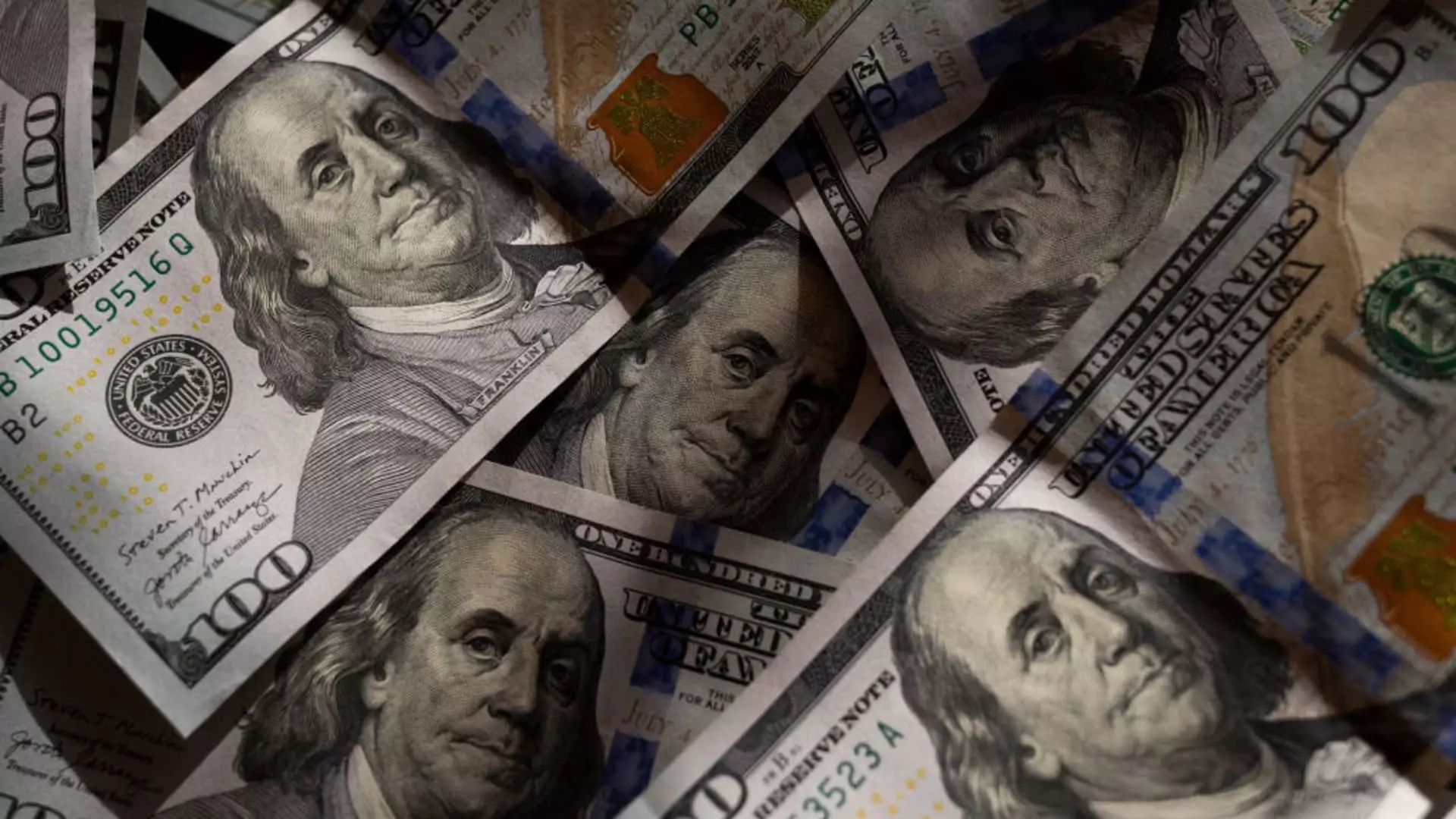As the U.S. dollar continues its downward spiral, the world holds its breath. Central banks across the globe are grappling with a complex puzzle, trying to decode the implications of a vanishing greenback. This isn’t just another blip in the financial charts; it represents a comprehensive crisis of confidence in U.S. economic stability. The dollar index has slid over 9% this year alone, with market analysts predicting further declines. According to Bank of America’s Global Fund Manager Survey, a startling 61% of participants foresee a fall in the dollar’s value over the next 12 months—an outlook so dismal, it hasn’t been seen in almost two decades. It’s time to pose a critical question: is the dollar’s descent a symptom of inevitable change or the precursor of a looming global crisis?
The flight away from the dollar suggests more than mere currency fluctuations. It reflects a deeper skepticism about U.S. policymaking and economic governance. Investors are reading the signs, and their response is an exodus from U.S. assets. The uncertainty is palpable and painful, with potential ripple effects that could lead to rising import prices and stifled growth globally. Indeed, for most central banks, a decline of 10%-20% in the dollar would seem like a relief. However, this narrative glosses over the looming dangers—especially for emerging markets, where the stakes are considerably higher.
Ripple Effects: The Currency Tug-of-War
The ramifications of a weakening dollar are starkly evident, both in the appreciating value of currencies like the Japanese yen and the Swiss franc, and the vulnerabilities of emerging market currencies that struggle under the weight of dollar-denominated debt. The yen has surged more than 10% against the greenback this year alone, while the euro and Swiss franc have seen similarly attractive gains. The Mexican peso and Canadian dollar have also appreciated, but the excitement is far from universal. Nations like Vietnam and Turkey have witnessed their currencies plummet, exposed to vulnerabilities that demonstrate a stark contrast to their stronger counterparts.
Emerging markets offer a microcosm of the intricate interplay between currency devaluation and economic stability. For countries reliant on foreign debt, a weaker dollar might superficially alleviate the debt burden, but it complicates the dynamic of exports. With reverberating effects on inflation, the risk becomes pronounced: a currency that loses value amid rising debt obligations can lead to capital flight. These nations now face a precarious balancing act—do they devalue their currencies in a bid to spur exports, or do they protect their domestic economies from further inflationary pressures? The outlook is not just cloudy; it’s a veritable storm on the horizon.
The Central Bank Conundrum
For central banks globally, the dilemma is pronounced. Lowered currency values may help mitigate inflation through cheaper imports, which theoretically allows for rate cuts to stimulate growth. Yet this very action invites a Pandora’s box of complications, particularly in the emerging markets sector where inflation churns restlessly at historically high levels. Governments are caught between the rock of domestic politics and the hard place of international economics. A currency war, while seductive in its potential benefits, threatens unprecedented destabilization—one that could embolden populist rhetoric and disrupt long-standing trade alliances.
Emerging markets might want to tread cautiously, understanding that even a small adjustment could invoke accusations of currency manipulation from the U.S. administration, leading to protectionist responses and trade tariffs that could further choke their growth potential. It’s a toxic environment, where every move is scrutinized, potentially leading to retaliatory measures that threaten to usher in a new era of distrust in international financial systems. The weight of these decisions weighs heavily on central bankers, some of whom still haven’t fully recovered from the last financial catastrophe.
As we stand on the precipice of what might well be a transformative epoch in the world economy, it’s imperative that the stakeholders—central banks, policymakers, and investors—recognize the urgency of the moment. The U.S. dollar’s decline underscores a larger commentary on global financial systems and national sovereignty. It’s a clarion call for reform, not merely in policy but in comprehensive strategies that address long-standing imbalances in trade, fiscal discipline, and international cooperation. As the world holds its breath, only one question remains: will we learn from history, or are we doomed to repeat the mishaps of financial chaos?

Leave a Reply